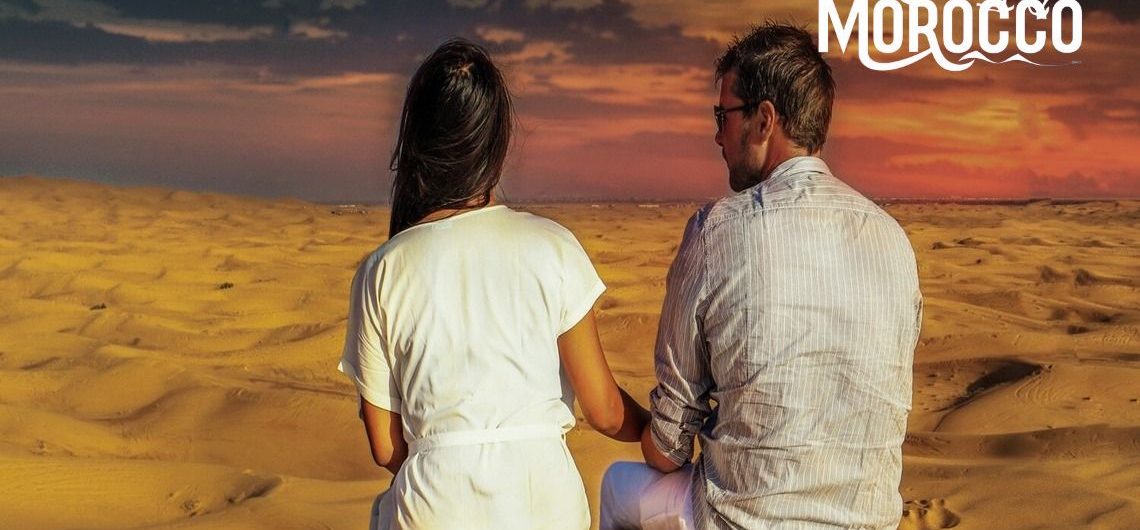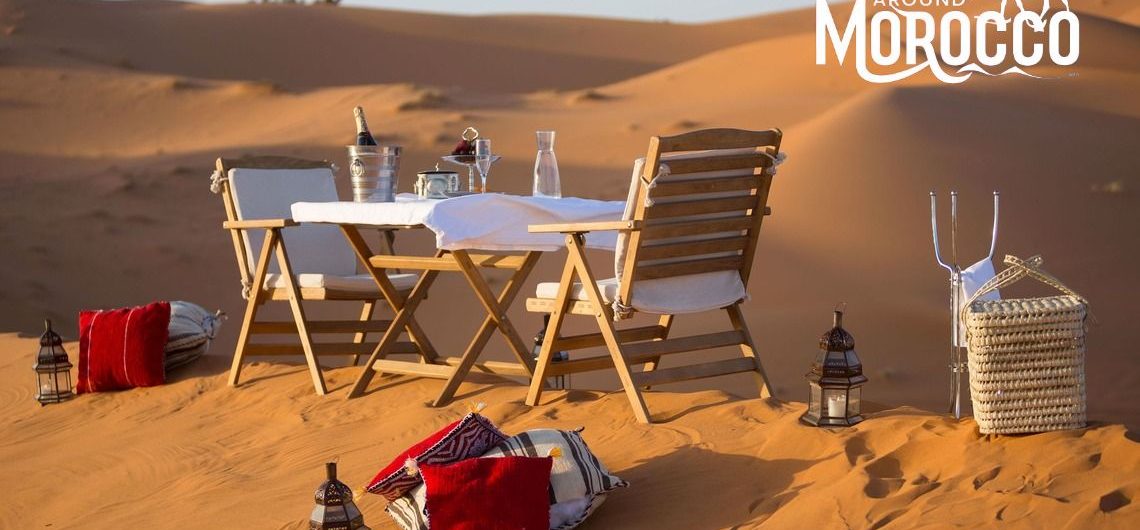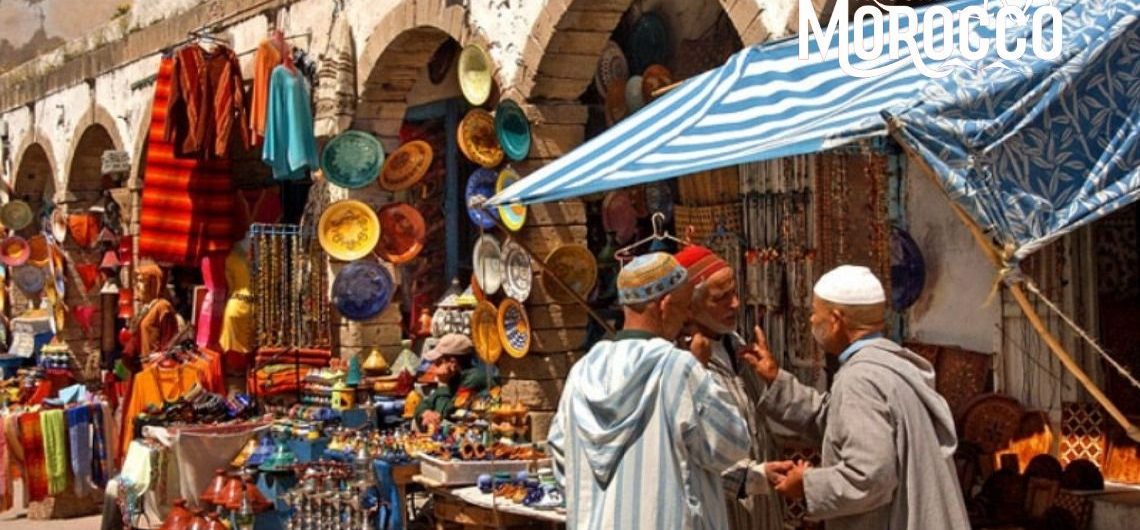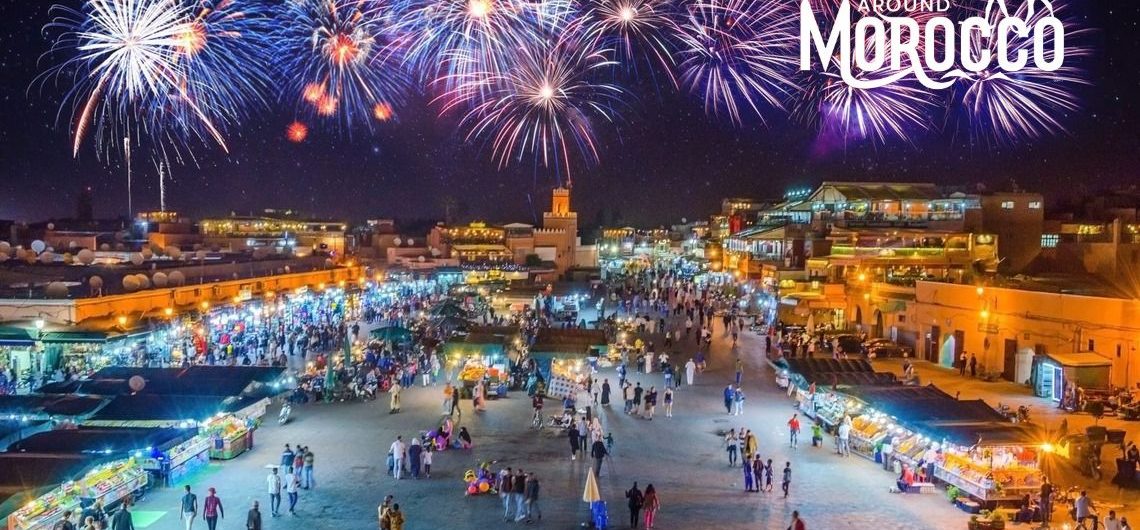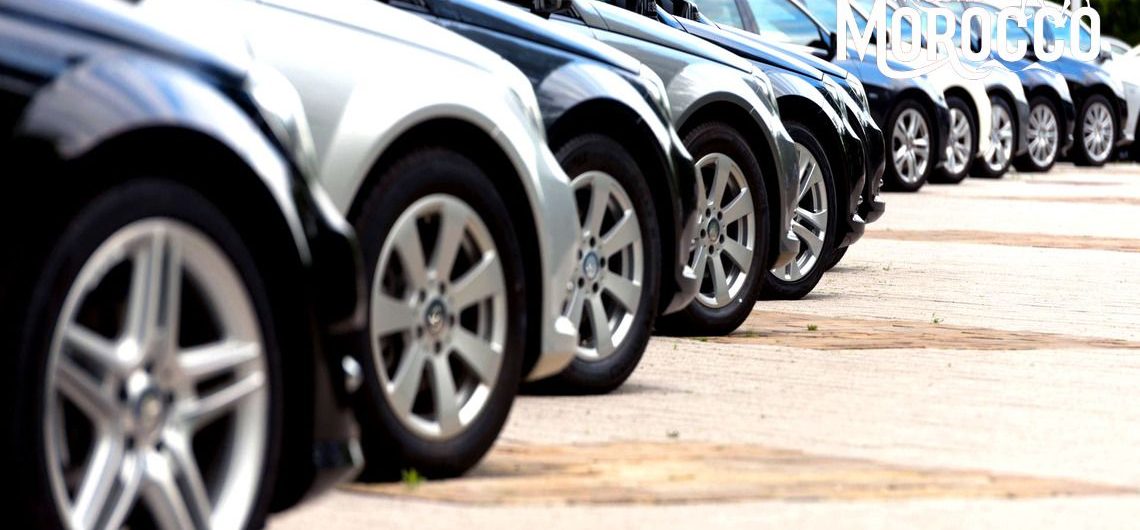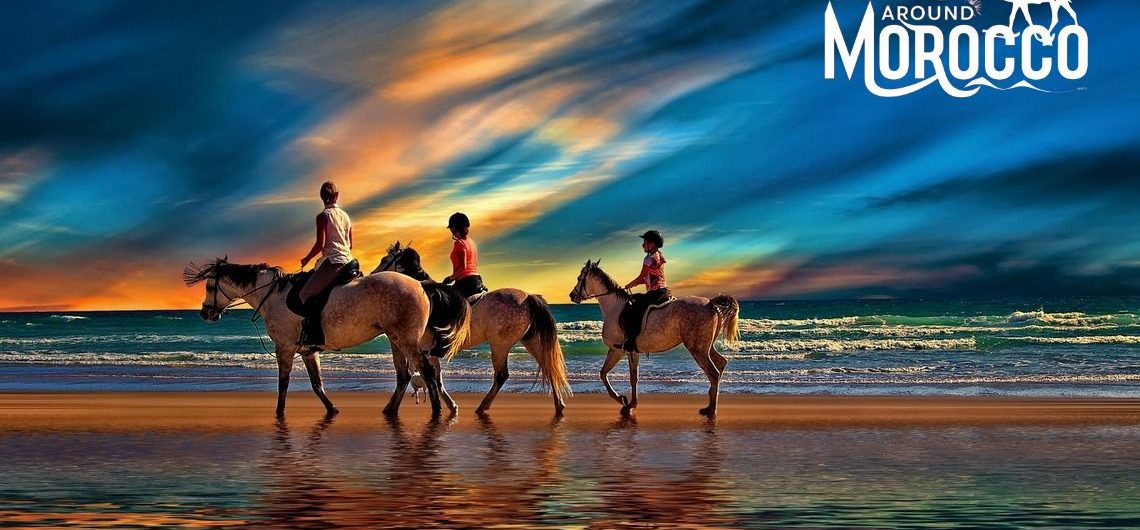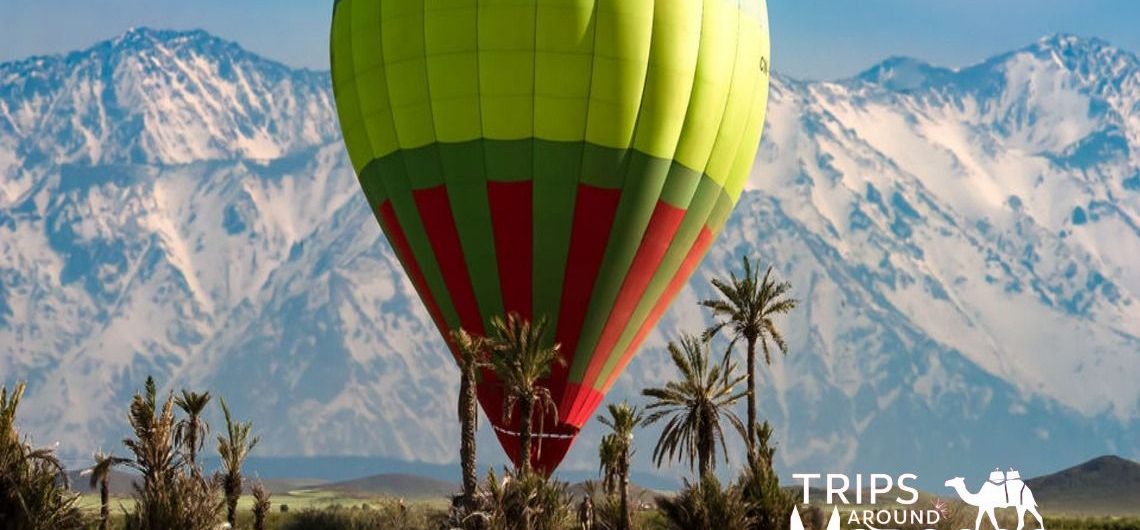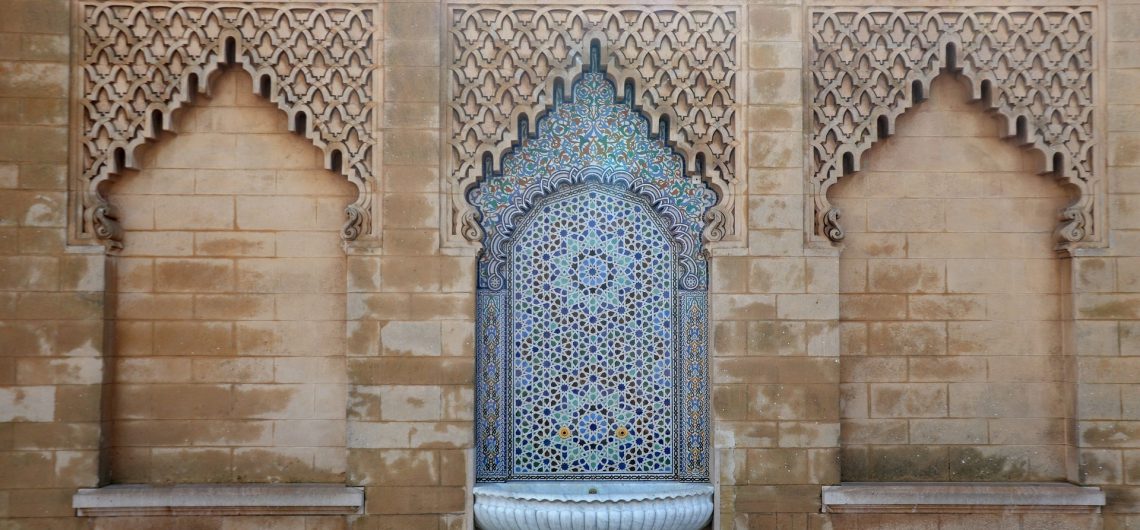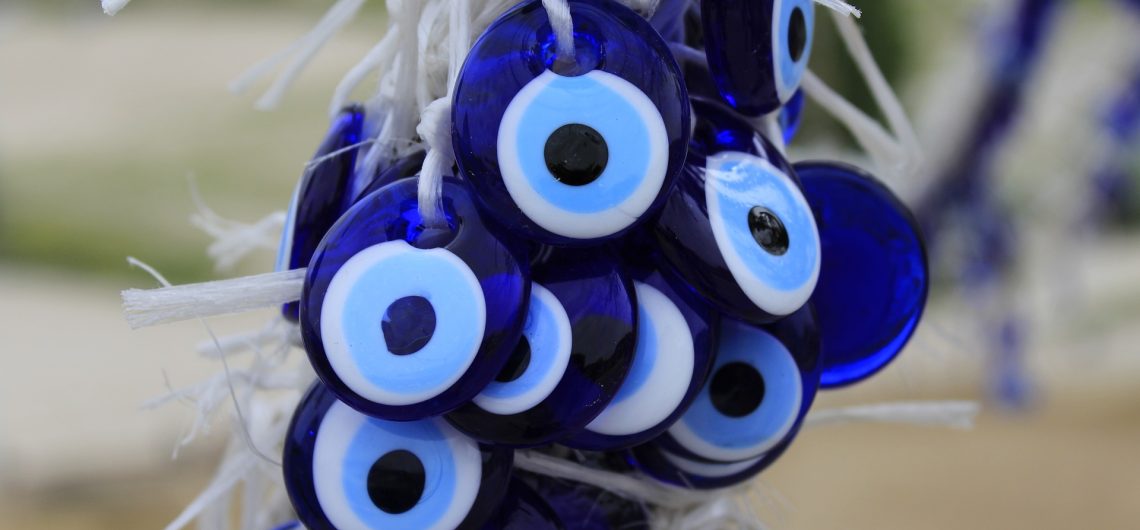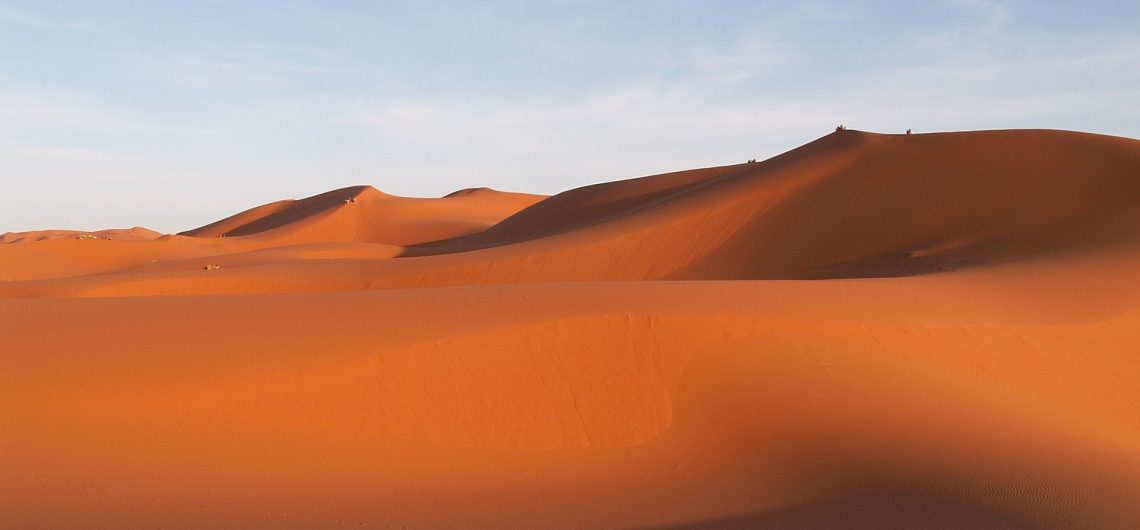Honeymoon in Morocco
Honeymoon in Morocco is one of the Arab world’s most beautiful and mysterious countries, enticing not only tourists but also romantic couples in love. Morocco is a lovely spot for a wedding ceremony because of its amazing mild climate, magnificent landscape, and ancient attractions. A Moroccan wedding is not comparable to a regular European wedding.
In this strange land, there are centuries-old Muslim customs that have not lost their relevance in our time. If you’re planning a wedding in Morocco, keep in mind that you can only hold a symbolic ceremony on the country’s territory, and you must follow certain restrictions for both the newlyweds and their guests.
Considering a honeymoon in Morocco?
We are a local travel agency that specializes in planning any type of tour in Morocco; all you have to do is contact us and we’ll put together a team to meet your needs; we’re here to make your Honeymoon In Morocco as romantic as possible.
Information in general
A wedding ceremony in the East is traditionally held across multiple days (4 to 7!). Surprisingly, the wedding rings are exchanged about midway during the celebration, rather than at the start. Future newlyweds should plan ahead of time to arrange the date of the celebration and come to spend a honeymoon in Morocco a few days before the event to discuss specific details with the event organizers.spend
Morocco’s Best Hotels
(As of March 2014, according to tophotels.com.) Riad Mimouna 4* (Essaouira) Zaki 4* (Meknes) Sofitel Fes Palais Jamai 4* (Fez) Pullman Mazagan Royal Golf & Spa Sofitel Agadir Thalassa Sea & Spa 5* (El Jadida) Appart-Hotel Founty Beach 5* (Agadir) Val D’Anfa 4* (Casablanca) (Agadir) L’Amphitrite Palace 5* (Rabat) Novotel City Center 4* (Casablanca) Palmeraie Golf Palace & Resort 5* (Marrakech) Riad Dar Skalli (Fez) Framissima Karam 4* (Ouarzate) Riad Al Madina 5* (Essaouira) Novotel City Center 4* (Casablanca) Palmeraie Golf Palace & La Mamounia 5* (Marrakech) (Marrakech) To help you navigate the rates, keep in mind that a Moroccan dirham is around 4 rubles. Accommodation costs range from 150 dirhams (out of season) to several thousand dirhams. A day in a budget hotel costs 1000-1500 rubles, a day in a riad (palace) costs around 2500 rubles, and a day in a 4* or 5* hotel costs from 4000 rubles and above.
Details
Eastern norms dictate that
There are some steps that must be followed before the wedding:
- Cleanse your mind, body, and soul. This includes a visit to a Hamam (a moderately heated Arab bath), followed by a peaceful and pleasant massage. Purity is held in high regard in the East, particularly when it comes to a rite such as a wedding;
- A henna scratch on the hands of the future bride-to-be is recommended.
- This essential component of an Oriental wedding is known as “Mehendi,” and it signifies attracting prosperity, fertility, health, and love, as well as gaining a new status – that of a young woman. On the palm of the hand, the future husband is adorned with a drawing.
- Henna drawings are considered amulets. presenting gifts to family members and parents; Each wedding day necessitates the preparation of fresh clothing and jewels for the newlywed.
- Getting the bride read
- The bride will be delighted with her new status if her hair and gown are more extravagant. The more exquisite the bride’s hair and gown, the more content she will be with her new status.
The traditional wedding starts in the evening and lasts till the morning, according to historical customs. The symbolic celebration is usually held in a restaurant or private villa for foreigners, as it is not customary to host such an event outside.
Guests are served lamb stuffed with prunes and almonds, puff pastry stuffed with chicken meat, couscous, various oriental desserts (baklava, sorbet, marshmallow, etc.), and non-alcoholic drinks at Honeymoon In Morocco, according to tradition. The tea ceremony is a hallmark of Eastern hospitality, and it is performed on pillows rather than at a table, which is a really uncommon and interesting gesture.
Moroccan weddings, Moroccan formalities
If you wish to spend a honeymoon in Morocco, you must go through a series of processes and procedures. Depending on your nationality, they can be short and sweet or long and tiresome. You must first obtain information from your consulate or embassy, as well as Moroccan officials, before proceeding.
Moroccan weddings come in a variety of shapes and sizes.
Procedures differ widely depending on your nationality and might be straightforward or time-consuming. Check the requirements before making any plans, as the process for some nationalities may take longer than expected. For example, marrying a Moroccan lady as a non-Moroccan is a lengthy process, and two Americans cannot legally marry in an embassy abroad. Some embassies in Sub-Saharan Africa, on the other hand, take less time to complete a marriage. You could also consider getting legally married in your home country before getting married in Morocco.
Procedures
To begin, you must first obtain a certificate of legal capacity to marry. Regardless of your nationality, you will need this document. To obtain it, you must submit the following documents to the Moroccan consulate:
- A written statement confirming your identity and the nature of your request to a family court judge you have a criminal history
- Bills, for example, can be used as a copy of your birth certificate in its entirety
- as proof of residency.
- Proof of nationality
- Passport photocopies
- Four passport-size pictures are required.
- It’s possible that verification of address or residency will be required.
- a signed certificate of good health from a doctor (costs around AED 100)
- Three copies of these documents must be signed and stamped at the local prefecture, which varies depending on your country of origin, and they must be translated. You and your spouse, regardless of country, will need to provide:
Birth certificate, residence certificate
A certificate stating that you are not yet married or a divorce decree stating that your divorce is final.
A copy of your national ID card and a passport-size photo are required.
Examination by a physician (marriage certificate)
You will be given a questionnaire to fill out as well as a marriage booklet when you apply for a marriage certificate. Your embassy or consulate can receive these documents.
This is a Morocco travel guide.
If you marry a Moroccan national, your consulate or embassy will issue prohibitions declaring that your marriage is not prohibited.
For a period of ten days, the bans will be publicized in your nation of residency at the town hall closest to your home. The processes, however, may take longer. After two months, you may acquire a certificate of legal capacity to marry.
It’s useful to know:
If you are marrying a Moroccan national, you can conduct an interview with your future spouse to determine the genuine nature of your wedding.
Morocco is a popular destination for weddings.
You will obtain an affidavit of citizenship and a certificate of legal competence to marry (notary fee of roughly $50) after delivering these documents to the Moroccan consulate. After you’ve received it, you’ll need to get authorization from the local authorities. To do so, you must first submit the documents to the Moroccan Ministry of Foreign Affairs for notarization, which costs 80 dirhams. An interview at the local police station to review the documents and inquire about the marriage may be required in some situations.
Your case will be sent to the court once it has been processed. Consult with the adult, or priest, who will officiate your wedding first. You will return to the family court to see the prosecutor once your case is ready. You will acquire clearance for your wedding from the family court (or the embassy in the case of non-Moroccans) if these processes are completed. The final step is to go to the Adul’s (marriage officer) office and request that they officiate your wedding. They draft a typical marriage contract, which must be signed in the presence of two adult witnesses at the wedding ceremony. You may finally start arranging the celebration at this point!
It’s useful to know:
For a charge, you can consult with a local imam who will handle the entire process.
- Honeymoon in Morocco customs
- You should keep in mind that before a man of non-Moroccan heritage can marry a Moroccan girl (in Morocco), he must first convert to Islam (which is not a difficult undertaking). If circumcision is not required, the process is usually handled by the local imam.) A non-Moroccan woman, on the other hand, can marry a Moroccan without converting to Islam.
Marriage in Morocco is mainly founded on custom, regardless of its legality. If you want to marry a Moroccan lady, you must first inform her parents that you will be visiting them (together with her parents and some gifts for the bride’s family, hence the symbolic sugar block) and formally ask for her hand in marriage. The parents will next discuss the dowry, the date, and may inquire about your family, your career, and so on. If all goes well, your parents will give their blessing to your marriage.
Despite the fact that dowry is a contentious matter these days, it is a Moroccan tradition for the groom’s family to present the bride’s family with a symbolic gift for marriage, as the bride’s family normally hosts the ceremony.
In Morocco, divorce is common
The Moroccan Family Court is also in charge of divorce proceedings. Usually, the husband is in charge of this. The applicant must first apply for a permit with your judicial district’s prefecture. You will be given an application form to fill out, which will ask you for details about your marriage, spouses’ identities, children, and financial condition. Following that, it must be notarized and presented by two notaries.
Your case will be reviewed by the family court, and both spouses will be contacted to try to reach an agreement (two if they have children). If the applicant fails to appear in court, the application is automatically considered withdrawn. If the reconciliation attempt fails, the court-ordered money must be paid to the spouse within 30 days. The court then enables the applicant to submit a divorce petition with two notaries in the marital district’s judicial district if the fee is paid.
The court issues a ruling after receiving the divorce certificate, upholding the legal rights of the husband and children, including alimony, child support, and custody, as well as the wife’s legal waiting time before entering into a second marriage.
What is the best way to get married in Morocco?
Recently, we’ve seen a lot of daring weddings! Do you recall the couple that wedded 400 feet in the air? A growing number of couples are taking their marriages to new heights. Choosing unique wedding settings and tying the knot in exotic locations. A perfect occasion for a traveling couple to proclaim their love and get their passport stamped.
While there are several exotic destinations to select from, like France, Italy, South Africa, Australia, and Thailand, we hope Morocco is first on your list – a tempting place to sip sweet mint tea on the market, delve into all the hues of the rainbow, and, of course, take a camel ride. See how amazing a Moroccan wedding can be by scrolling down. We’ll show you how to be married in Morocco with the help of BEST DAY EVER, Portfolio Bootcamp, and Madame Poppy’s excellent photography. To see everything, scroll down.
Moroccan wedding location
Kasbah Bab Ourika is a secluded hilltop wedding location located just 35 minutes from Marrakech. From a hilltop in the Ourika Valley, you can see the river, verdant farmland, olive, lemon, and orange trees, and snow-capped summits in 360 degrees.
The fact that this lovely wedding venue is drenched in bright sunshine all day and boasts spectacular sunsets all year is one of its most appealing aspects. It’s like escaping into a dream. Here’s where you can book your Moroccan wedding.
These beautiful acrylic tabletop numerals were developed by We Are Golden. They blended in seamlessly with the Moroccan wedding mood.
Routes of travel
Rabat: Morocco’s capital has kept the historical essence of the country’s eastern cities. On the first day of visiting the city, tourists may get the idea that the locals are wary of strangers, but this is simply a surface image that conceals the customary eastern warmth. The Hassan Tower, the incomplete tower of the great mosque, which began construction under Jacob al-Manzor and was interrupted following the 1755 earthquake, is the city’s most famous historic site.
The Mausoleum of Mohammed V, the current king’s father, is nearby. The Museum of Muslim Art, which is housed in a former royal palace, has one of the most extensive collections of oriental jewels, tapestries, wooden sculptures, and silk, wool, and gold brocade fabrics in the world. The remnants of Sala’s ancient city may be found on the other side of the city wall that divides the old and new city. The Moroccan Archaeological Museum is a must-see for history aficionados. Medina, the city’s historic quarter, has a rich history.
Marrakech
Marrakech is without a doubt the Moroccan East’s beating heart. Acrobats from the bazaar, snake charmers, and water bearers dressed in period costumes. Reach out to the henna artist, and your hand will be covered in an elaborate pattern that will never repeat in ten minutes. Neither Europeans nor Arabs are uninterested in the market quarter. The mausoleum of Yusuf bin Tashfin, the Golden Apples Mosque, and the Bahia Palace are all located in Marrakech’s Medina.
Honeymoon In Morocco: Agadir
Snow-white Agadir is regarded as Morocco’s crown jewel of modern tourism. It is situated in the Su Valley, in a lovely section of the Atlantic coast, shielded from the arid heat by the High Atlas Mountains. The ambiance is similar to that of a European resort. The beach in Agadir is ten kilometers long. It is known as the most beautiful and friendly of all Moroccan resorts, covered in golden sand and surrounded by green eucalyptus and pine trees.
Hookah smoking, camel riding, sea fishing, beach horseback riding, golf, and tennis are just a few of the activities that are popular in the East and sea resorts. There are numerous nightclubs and discos, as well as regular festivals, pop concerts, and a wide range of shows. Along the seaside, open doors to shops and stylish boutiques await.
Casablanca
Casablanca is not only a huge cosmopolitan metropolis but also Morocco’s largest. It is known as Morocco’s business capital. When the French decided to reconstruct this port city, it fell into decay. Boulevards, parks, and large civilian structures were all present. Take a peek at the Hassan II Mosque in Casablanca’s Medina, or Old Quarter, which is one of the world’s largest mosques. It also houses Mohammed V’s palace, which is the most evocative example of Moorish architecture. The old town has retained the flavor of the eastern metropolis, with narrow lanes flanked by a plethora of stores selling a variety of things.
Fes
Morocco’s religious and cultural hub, as well as the country’s former capital. The fertile area, which is irrigated by subsurface water, has a long and illustrious history. The people of Fez have a distinct personality that stems from the blending of numerous cultures and traditions: the Arabs brought grandeur, the Spaniard’s sophistication, the Jews’s cunning, and the Berbers tolerance.
Honeymoon in Morocco: Essaouira
In the 1960s and 1970s, the impregnable castle of Mogador, now Essueira, was the African capital of the hippies, attracting young people from all across Europe. Everything is jumbled here: the mullah’s howling, the merchants’ invocations, the boom of motorcycles, the surf noise, nothing is still. A slave market that has remained virtually unaltered by time is one of the area attractions. One of the few areas where African captives were rounded up and transported to the opposite side of the Atlantic occurred here.
